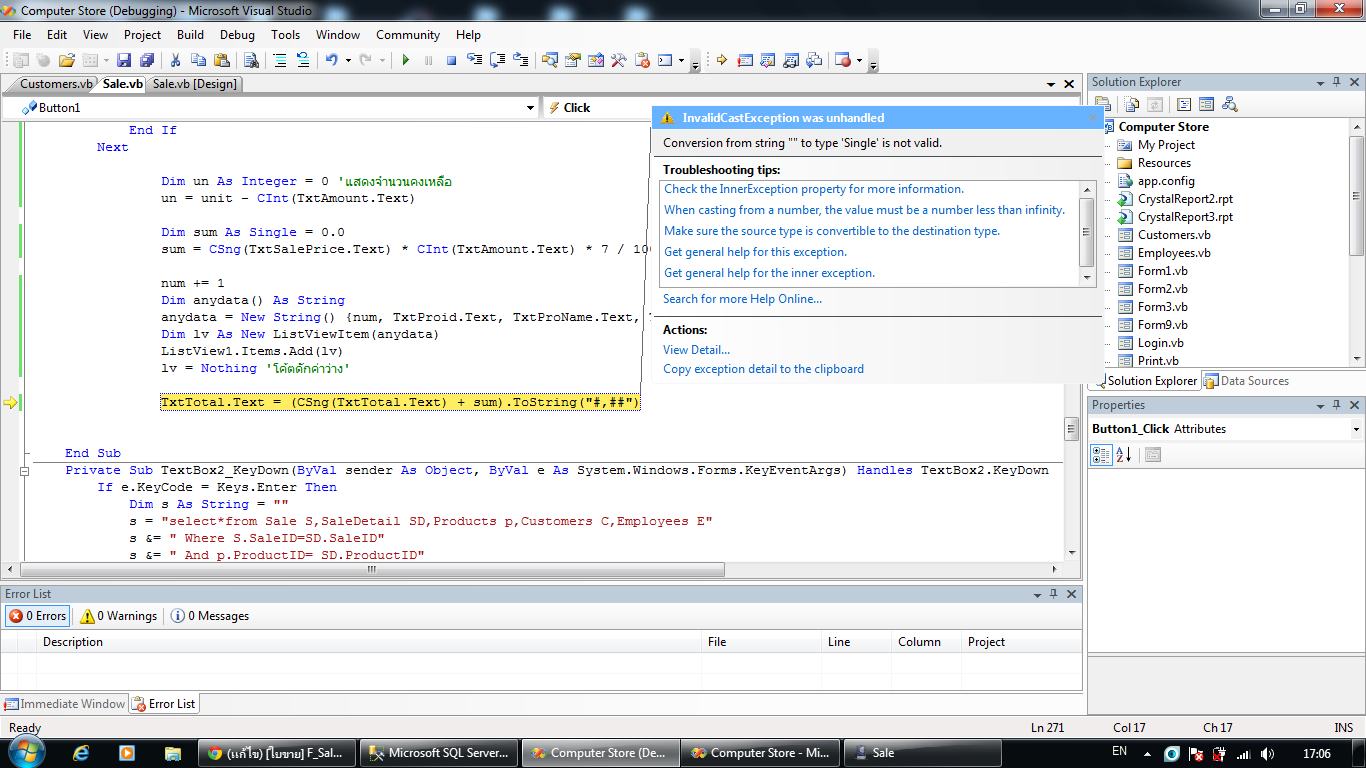

Public Shared Function Compare (t1 As DateTime,t2 As DateTime) As IntegerĬompares two instances of DateTime and returns an integer that indicates whether the first instance is earlier than, the same as, or later than the second instance. Returns a new DateTime that adds the specified number of years to the value of this instance. Public Function AddYears (value As Integer ) As DateTime Returns a new DateTime that adds the specified number of seconds to the value of this instance. Public Function AddSeconds (value As Double) As DateTime Returns a new DateTime that adds the specified number of months to the value of this instance. Public Function AddMonths (months As Integer) As DateTime Returns a new DateTime that adds the specified number of minutes to the value of this instance. Public Function AddMinutes (value As Double) As DateTime Returns a new DateTime that adds the specified number of hours to the value of this instance. Public Function AddHours (value As Double) As DateTime

Returns a new DateTime that adds the specified number of days to the value of this instance. Public Function AddDays ( value As Double) As DateTime Returns a new DateTime that adds the value of the specified TimeSpan to the value of this instance. Public Function Add (value As TimeSpan) As DateTime The following table lists some of the commonly used methods of the DateTime structure − Sr.No

Gets the year component of the date represented by this instance. Gets a DateTime object that is set to the current date and time on this computer, expressed as the Coordinated Universal Time (UTC). Gets the number of ticks that represent the date and time of this instance. Gets the seconds component of the date represented by this instance. Gets a DateTime object that is set to the current date and time on this computer, expressed as the local time. Gets the month component of the date represented by this instance. Gets the minute component of the date represented by this instance. Gets the milliseconds component of the date represented by this instance. Gets a value that indicates whether the time represented by this instance is based on local time, Coordinated Universal Time (UTC), or neither. Gets the hour component of the date represented by this instance. Gets the day of the year represented by this instance. Gets the day of the week represented by this instance. Gets the day of the month represented by this instance. Gets the date component of this instance. The following table lists some of the commonly used properties of the DateTime Structure − Sr.No Properties and Methods of the DateTime Structure However, the DateAndTime class/module contains all the legacy date functions available in Visual Basic.
#Vb auto convert string to long code
Therefore, using the later would help you in porting your code to another. The DateAndTime class belongs to the Microsoft.VisualBasic namespace and the DateTime structure belongs to the System namespace. The DateAndTime module contains the procedures and properties used in date and time operations.īoth the DateTime structure and the DateAndTime module contain properties like Now and Today, so often beginners find it confusing. You can also get the current date and time from the DateAndTime class. IComparable(Of DateTime), IEquatable(Of DateTime) Implements IComparable, IFormattable, IConvertible, ISerializable, The DateTime structure represents an instant in time, typically expressed as a date and time of day The default value of Date is 0:00:00 (midnight) on January 1, 0001. The Date data type contains date values, time values, or date and time values. VB.Net also provides powerful tools for date arithmetic that makes manipulating dates easy. Dates are so much part of everyday life that it becomes easy to work with them without thinking. Most of the softwares you write need implementing some form of date functions returning current date and time.


 0 kommentar(er)
0 kommentar(er)
